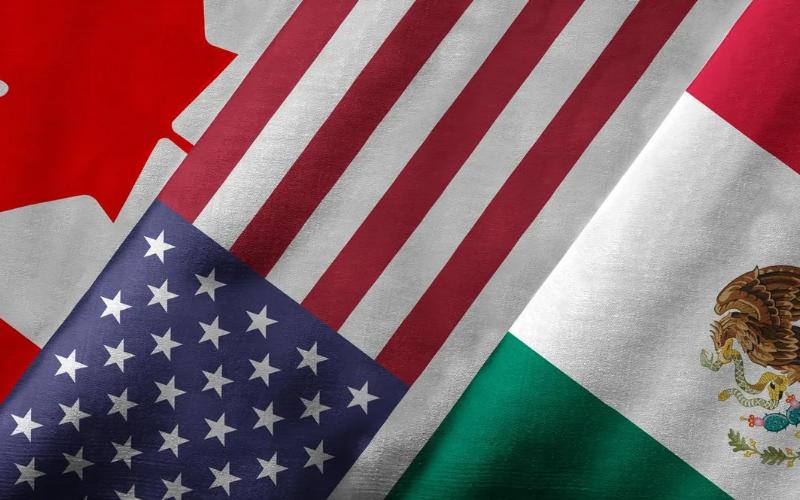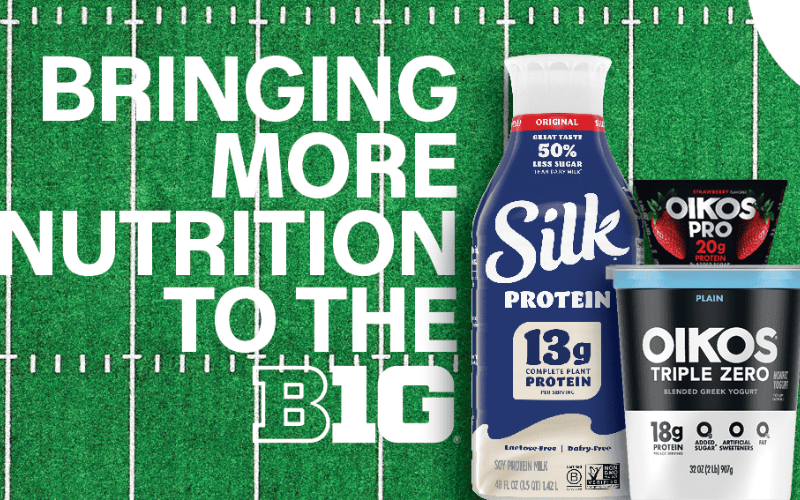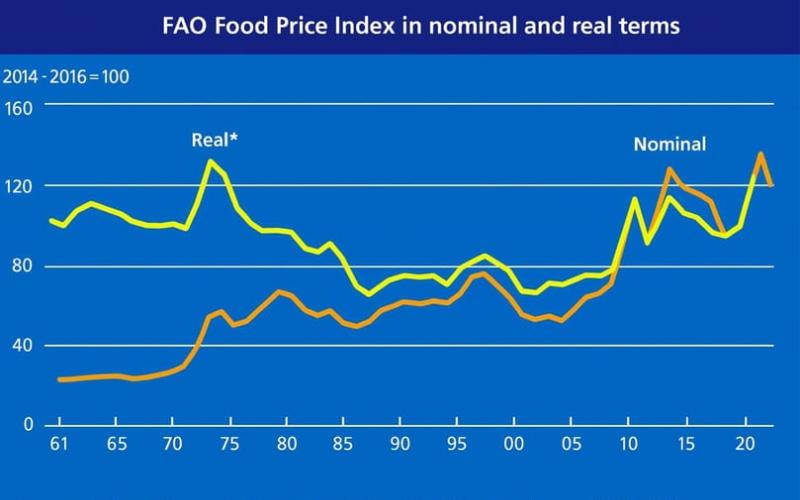India Drives World's Largest Milk Demand — Yet Exports Remain Minimal - Prashant Tripathi, JORDBRUKARE
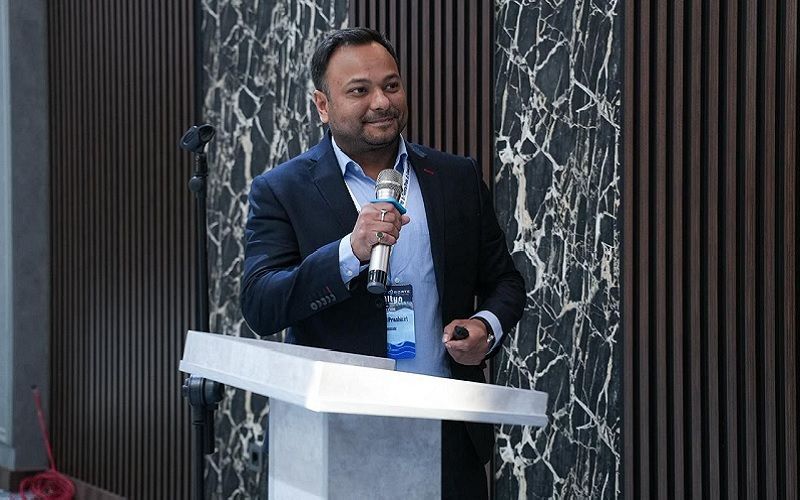
According to the speaker, India today accounts for 24% of global milk production and has the largest cattle population. The sector remains one of the key areas in India's agro-industry:
-
536 million heads — the largest cattle population in the world;
-
80 million people are employed in the dairy sector;
-
24% of global production;
-
production growth — 5.62% CAGR over the last 10 years.
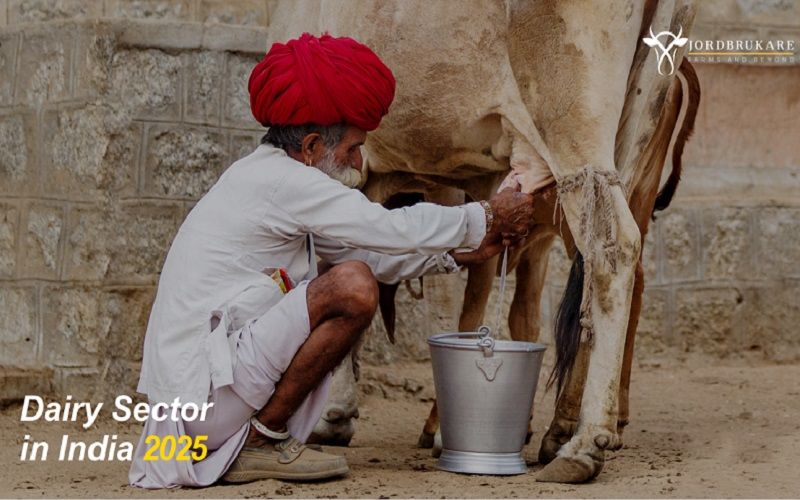
In the 2023–2024 financial year, India produced 239 million tons of milk — a record for the global market, with average consumption reaching 459 g/day, significantly higher than the global average (322 g/day).
The Indian dairy market is already valued at $228 billion and is expected to reach $687 billion by 2033 — an almost threefold increase. This makes India one of the most attractive markets for investors and producers of processed dairy products.
"Several factors have helped India grow over the last 4–5 years. The country is one of the largest and fastest-growing markets globally. Therefore, demand in the mass consumer segment is growing in full accordance with demographic and economic trends. We observe a shift from a large number of small and unorganized farms to a more formalized and market-oriented system. Additionally, about 300 million people form the B2C segment with a collective consumption of around $30 billion per month. This results in a more diverse food basket, which directly stimulates demand for dairy products produced by organized farms," commented Prashant Tripathi.
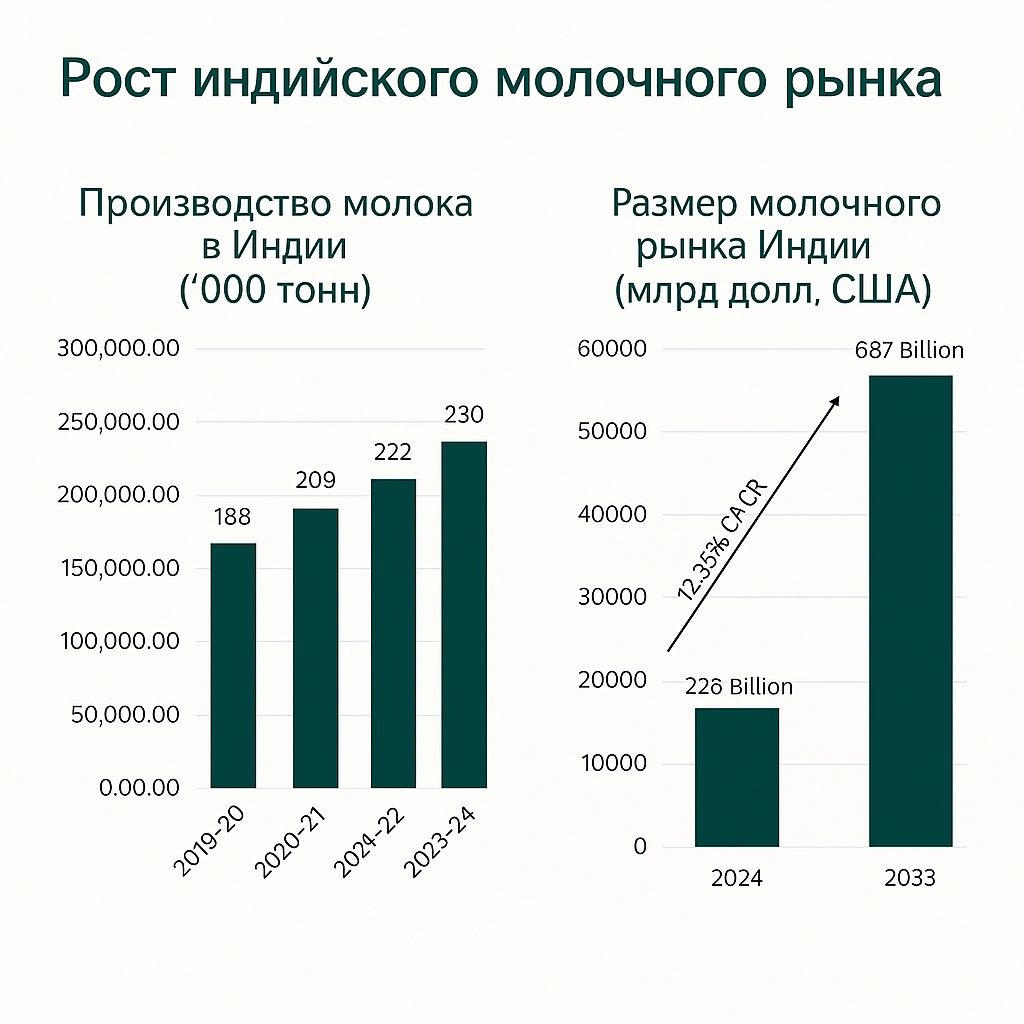
Key growth drivers:
-
growing urban population;
-
increase in income and consumption;
-
shift towards processed products;
-
strengthening the role of modern retail formats and e-commerce.
-
80% of the turnover comes from the unorganized sector (small farms, private sellers, direct consumption).
-
Only 20% are organized cooperatives and private processors.
This creates a contrast: a huge market — but non-standardized, fragmented, and challenging for scaling, clarified the expert.
The greatest prospects lie in the segments:
-
premium category liquid milk (A2, organic, UHT);
-
yogurts, lassi, desserts;
-
butter and ghee;
-
ice cream;
-
cheeses — primarily paneer and local analogs.
Major players in the Indian dairy sector:
-
Amul,
-
Verka,
-
Aavin,
-
Mother Dairy,
-
Nandini.
Export paradox: largest producer — but only 0.25% of global exports
Despite its scale, India exports only $272 million worth of dairy products, occupying 0.25% of the global market.
Reasons:
-
almost all production is consumed domestically;
-
low productivity — 1.1 t of milk per animal, compared to 3.9–5.9 t in New Zealand and Australia;
-
non-compliance with quality standards and sanitary norms of several countries.
Main export markets:
-
Nepal,
-
Bangladesh,
-
UAE,
-
Sri Lanka,
-
Bhutan.
Prashant Tripathi highlights key threats:
-
high fragmentation of suppliers;
-
high share of the unorganized segment;
-
climatic fluctuations and lack of pastures;
-
outbreaks of foot-and-mouth disease and Lumpy Skin Disease;
-
shortage of storage, cooling, and logistics technologies.
The speaker noted that several national programs are forming a new development architecture:
-
Rashtriya Gokul Mission — genetic improvement of herds;
-
National Programme for Dairy Development — procurement and cooling infrastructure;
-
DEDS — investment support;
-
National Livestock Mission — feed, biosecurity, disease prevention.
According to Prashant Tripathi's forecasts, in the long term, the industry will gain momentum due to:
-
growing demand for value-added products;
-
technological solutions for automation;
-
genetic improvement;
-
digitalization of supply chains;
-
sustainable development and environmental standards.

General partner and key engineering partner - Borte Engineering
As the leading national manufacturer of Kazakhstan, Borte Engineering creates high-tech equipment for the food industry, confirming its quality by being included in the Register of Domestic Manufacturers. The company successfully cooperates with enterprises across Central Asia, strengthening the regional economy.
Innovation partner - DeLaval
Altyn sponsors - Alfa L Service, MB-System
Qola sponsors - Tetra Pak, TOO Clever Machines
SPX FLOW APV | SEITAL SEPARATION
Partners - Kazakhstan Dairy Union, Republican Chamber of Dairy and Combined Breeds Cattle, Food Master


